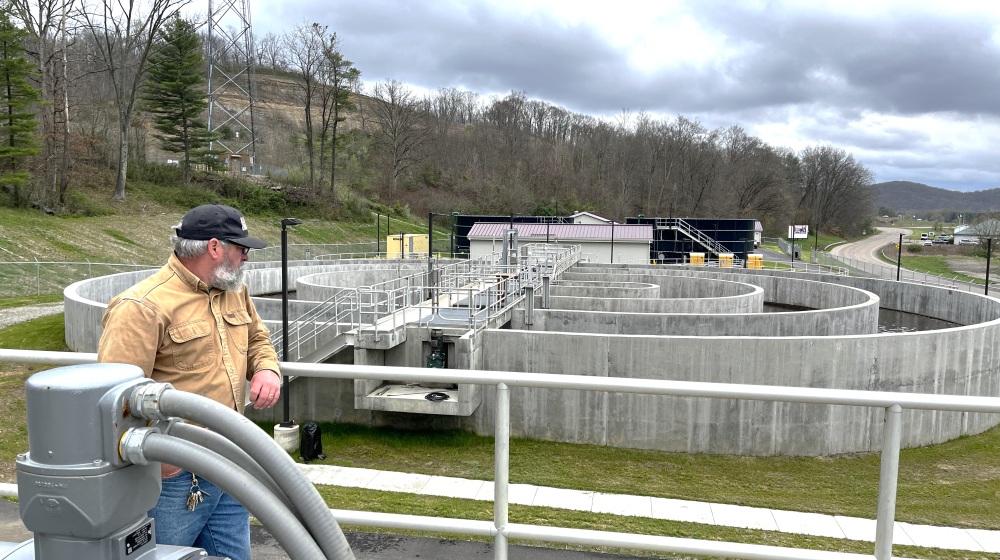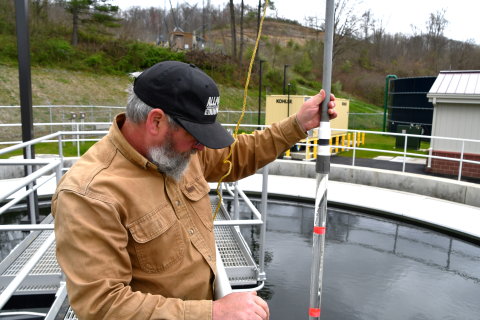
In a small rural community nestled in the foothills of southeast Ohio’s Appalachian region, the city of Nelsonville recently celebrated a water infrastructure milestone with the opening of its new regional wastewater treatment facility.
Built in 1956, the original facility operated well beyond its expected lifecycle. Inflow capacity was limited, and when it rained the challenges multiplied. The system routinely fell short of Ohio Environmental Protection Agency (EPA) requirements for wastewater discharge into the nearby Hocking River.
“It was just worn out and things didn’t work like they were supposed to,” said Nelsonville Wastewater Plant Manager Shawn Beasley.
Beginning in 2018, Nelsonville worked with the USDA Rural Development in Ohio Water and Environmental Programs team to secure a series of Water and Waste Disposal Loans and Grants to fund construction of the new facility.
Construction began in 2021, and the new facility came online in August 2023. Fully modernized and state-of-the-art, the complex includes a new headworks building with improved screening to remove more debris, a new oxidation ditch, clarifiers, and upgraded ultraviolet (UV) disinfection process.
Shawn also appreciates that the facility was located outside of the city and built above the 500-year flood zone because this ensures they never have to worry about flooding. And, because sewage arrives at the plant through a gravity-flow process there is no need for additional pumps to move wastewater.
The plant now manages a daily inflow average of nearly 650,000 gallons of wastewater, with capacity to accommodate up to 4.8 million gallons per day.
All of the more than 600,000 gallons discharged back into the Hocking River now consistently meets Ohio EPA standards.

“During recent heavy rains, the plant treated over 1.6 million gallons per day, which is the most sewage Nelsonville has treated in a single day,” said Shawn. “That was our biggest test, but the facility was more than ready to meet that increased demand.”
This facility is the fourth of six projects to improve wastewater management services for a broader regional area that includes the Hocking County towns of Murray City and Carbon Hill, and the city of Buchtel in Hocking and Athens Counties. Now almost 6,600 residents no longer have to rely on failing septic systems because they have access to modern wastewater treatment.
Built to manage 4.8 million gallons per day of inflow, the facility can expand its capacity to meet the growing demands of the nearby communities.
“These were little communities that always had septic, and now they have a proper sewer system,” said Shawn. “Economically, this is the most sensible way to treat sewage in this area and it’s definitely a model that would be worth repeating in other areas.”
